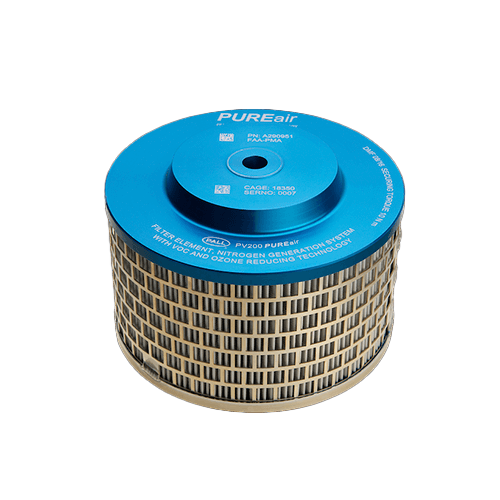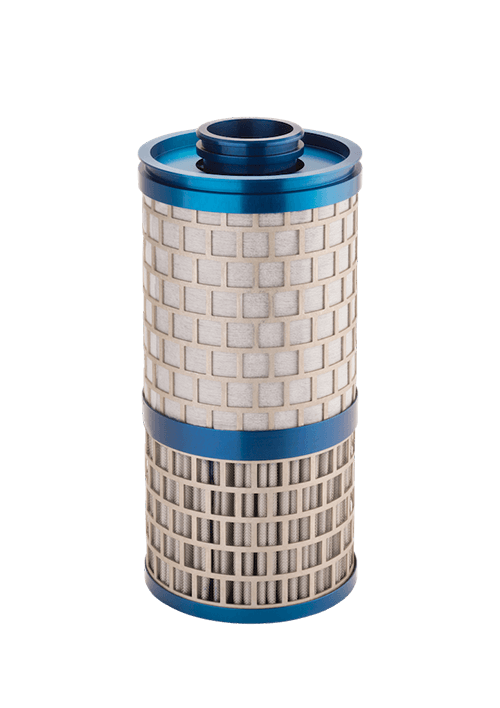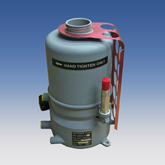Rigorous new fuel-tank safety standards issued in 2008 by the Federal Aviation Administration (FAA) led to an industry wide adoption of Nitrogen Generating Systems (NGS) or Fuel Tank Inerting Systems (FTIS) as a measure to reduce the flammability levels of fuel tank vapours both on the ground and in the air.
The new regulations impacting all fixed-wing aircraft designs with passenger capacity greater than 30 have prompted the delivery of production aircraft fitted with NGS starting in 2011 with all US aircraft required to have an NGS system fitted by end of 2017.
The ASM is a critical component of NGS or FTIS that provides Nitrogen enriched air to fill the empty space in fuel tanks. Used for many years in various industrial applications, ASMs offer a high level of reliability and studies show that when protected by the correct level of pre- filtration, can demonstrate service lives often exceeding 10 years.
In contrast, the high cost ASMs used in aircraft applications are only achieving between 30% and 50% of their expected service life. Known to degrade from exposure to Ozone and VOCs that are either not present on the industrial applications or are filtered out by effective pre-filtration, ASMs are generating a significant cost burden for Airlines and Original Equipment Manufacturers (OEMs) alike.
Current available solutions that look to protect the FTIS/NGS Air Separation Module (ASM), only provide a 2-stage filtration process that removes particulate, oil and water mist contamination from engine bleed air but leaves the ASM exposed to ozone and VOCs.
Our commercial airline filtration and separation solutions ensure our commercial partners maintain the highest possible level of efficiency in their operations and maintenance programs.
To find out more, request a technical meeting or a call back, please contact our team of experts:


